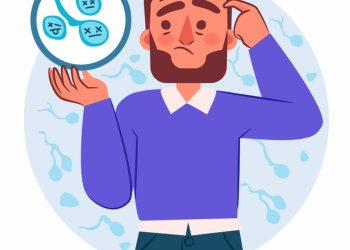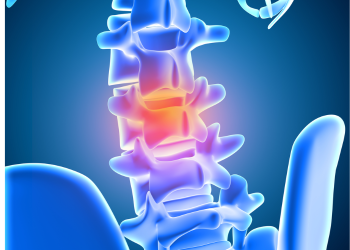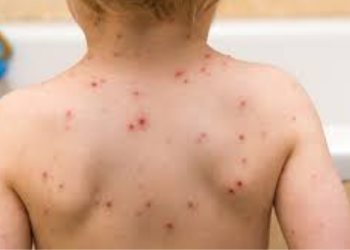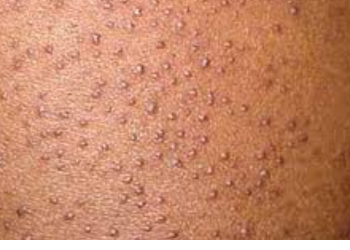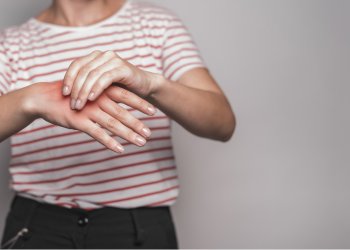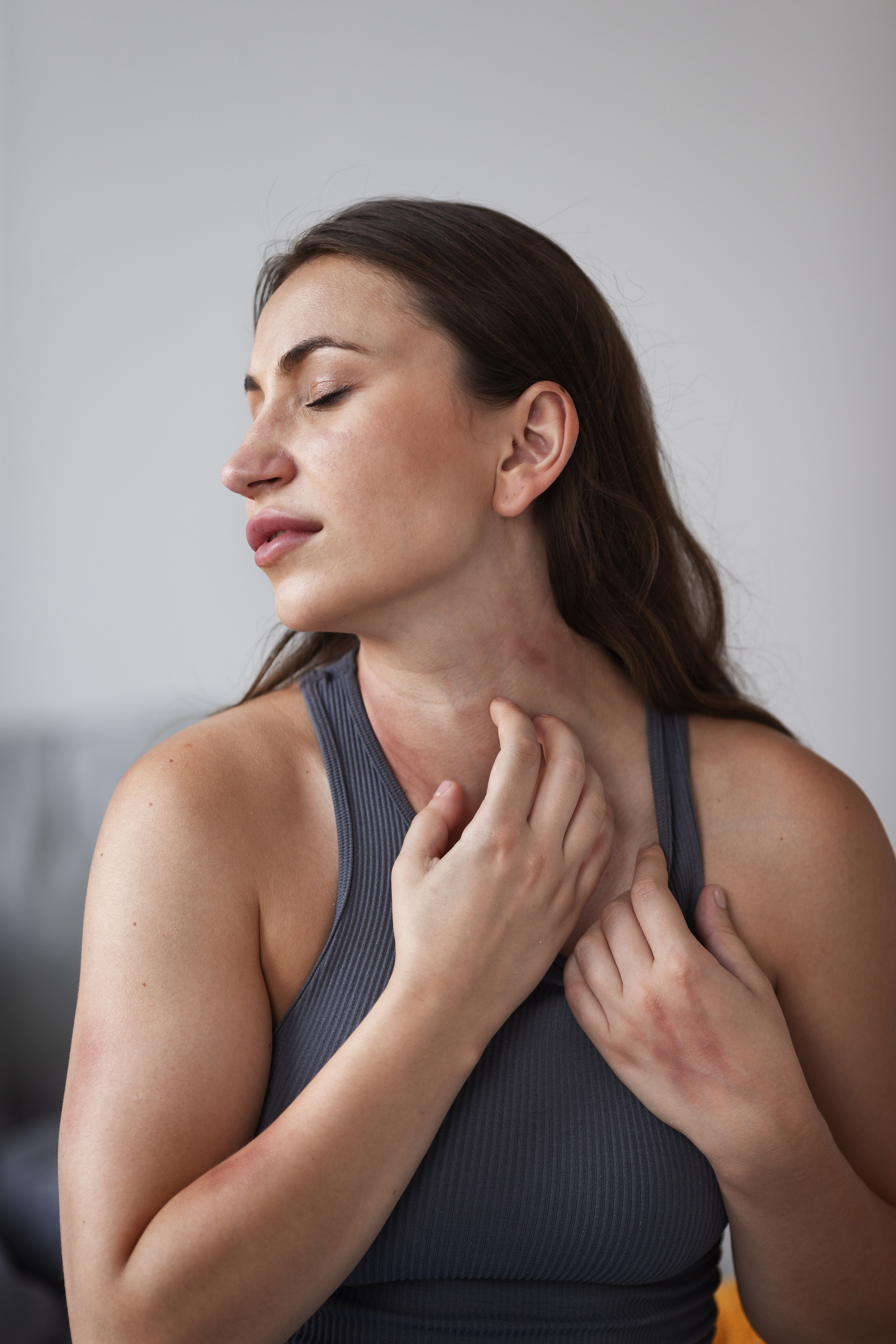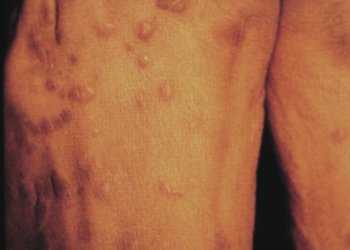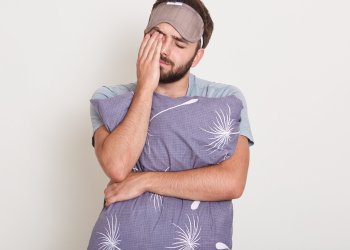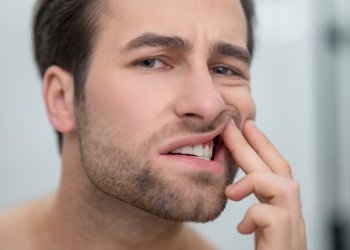
Alopecia areata is an autoimmune disease that attacks your body’s hair follicles, causing patchy hair loss ANYWHERE ON YOUR BODY, but most commonly affectsthe hair on the skin that covers your head (scalp). “Areata” means that it occurs in small, random areas. The genetic makeup of the person or the genetic makeup combined with a virus or another substance may trigger the problem.
HOMOEOPATHY
treats alopecia by treating the symptoms of hair loss and with treatment to
improve the general immunity, which is mainly based on symptom similarity and
general features of the affected person, in which the food habits, the family
history, the living environment, the work atmosphere, etc, are taken care of
Alopecia
varies according to the site of hair loss
Alopecia areata totalis: lost all hair on your
scalp.
Alopecia areata universalis: You lost all hair on the
scalp and all body hair.
Diffuse alopecia areata: hair is thinning rather than falling out in
patches.
Ophiasis alopecia areata: lost a band of hair on
the back and sides of the scalp
Alopecia
occurs
- In children
- Family history of alopecia
areata.
- Any family members have an
autoimmune disorder, including diabetes, lupus , or thyroid disease.
SYMPTOMS
It’s the
second-most common form of hair loss.
Patches
of hair loss, including your scalp, facial hair, eyebrows, eyelashes and body
hair.
Nail
pitting.
Itch (pruritus).
Change in
hair color (red, purple, brown or gray).
Develop
visible, mouth-like openings in hair follicles
Have
black dots, which are hair shafts that are visible in the follicles
Grow
short hairs that are thicker on the top and narrow toward your scalp
Grow
white hairs
DIAGNOSIS
Examine your scalp for signs of infection.
Take a sample of your hair and send it to a lab for
analysis.
Take a scalp biopsy to check for skin disease.
Conduct blood tests.
Management
If you’ve lost your eyelashes, wear sunglasses
to protect your eyes from the sun and the environment.
Eat a well-balanced diet.
Take vitamin D supplements.
Take precautions to protect your skin
and eyes.
Many people with new-onset alopecia areata had
recent stresses in life, such as work, family, deaths, surgeries, accidents,
and so on.
Hair products and treatments that contain harsh
chemicals: . Try to find gentle shampoos and conditioners without silicones and
parabens
Is alopecia areata contagious?
No,
alopecia areata isn’t contagious. It can’t spread through skin-to-skin contact
or airborne particles.
How is alopecia areata diagnosed?
A qualified
health care provider can usually diagnose alopecia areata through a physical
exam. They’ll ask about medical history, including when you started noticing
hair loss and whether you have a family history of alopecia areata or
autoimmune disorders.
How common is alopecia areata?
Alopecia
areata is common. approximately 20% of
cases involve children,5% have alopecia areata totalis, and 1% have alopecia
areata universalis.
Can hair grow back from alopecia?
Alopecia
areata can be unpredictable. In some people, their hair grows back but falls
out again later. In others, their hair grows back and never falls out again. Depending on your therapy and its
effectiveness, you may see new hair growth between four and 12 weeks.
HOMOEOPATHIC MEDICINES
USTILAGO
THUJA
NATRUM MURIATICUM



